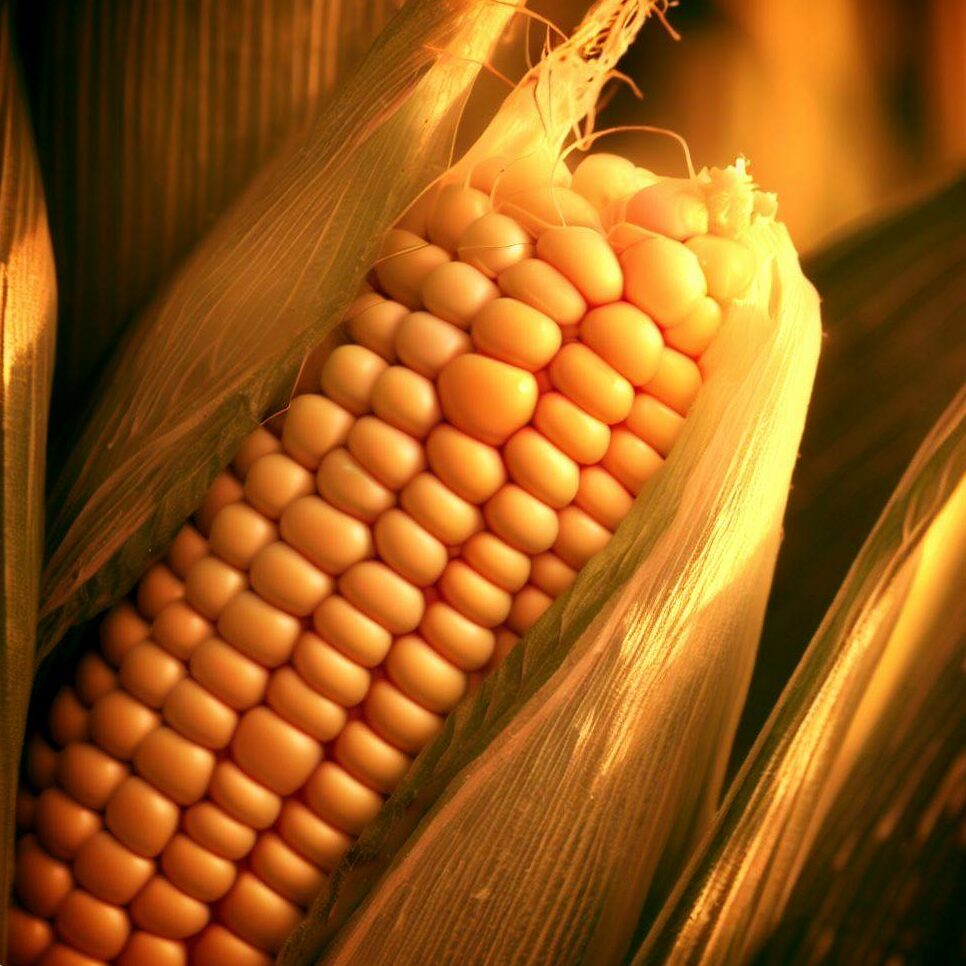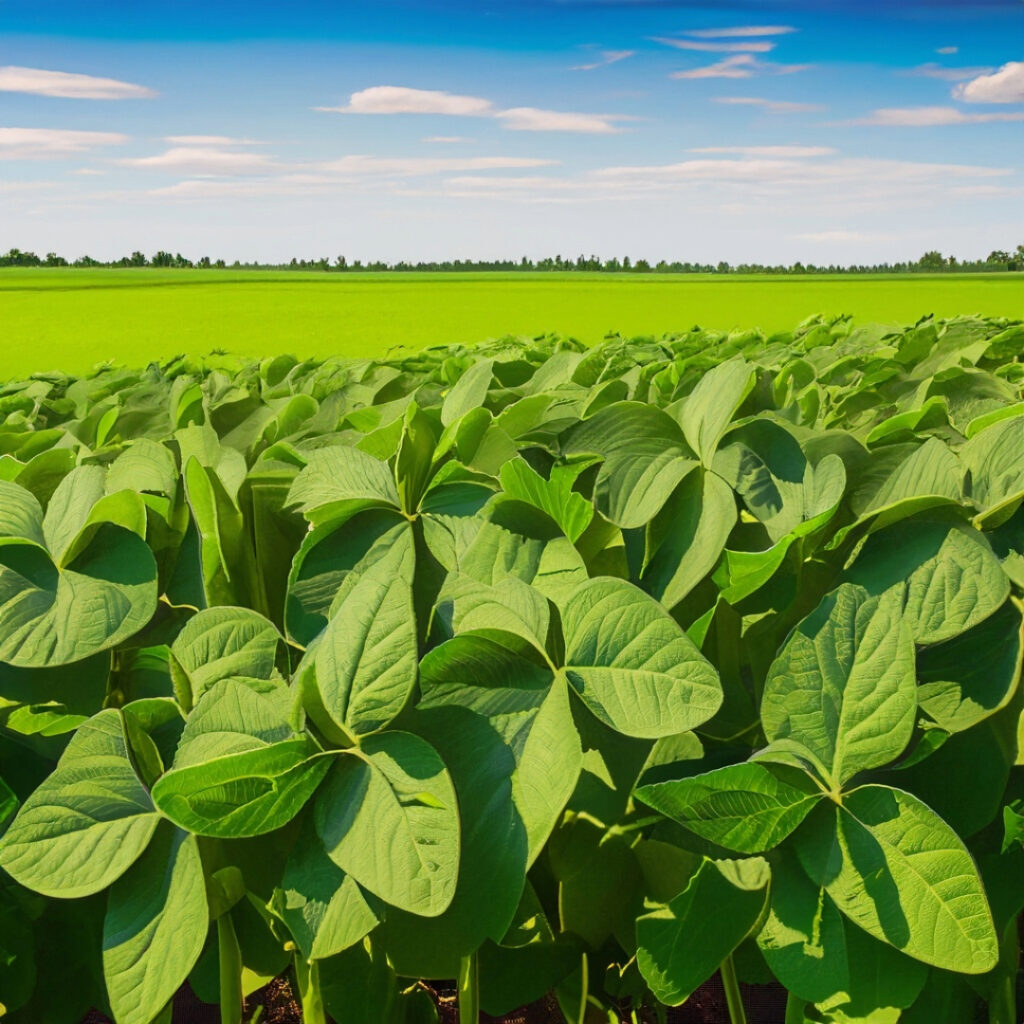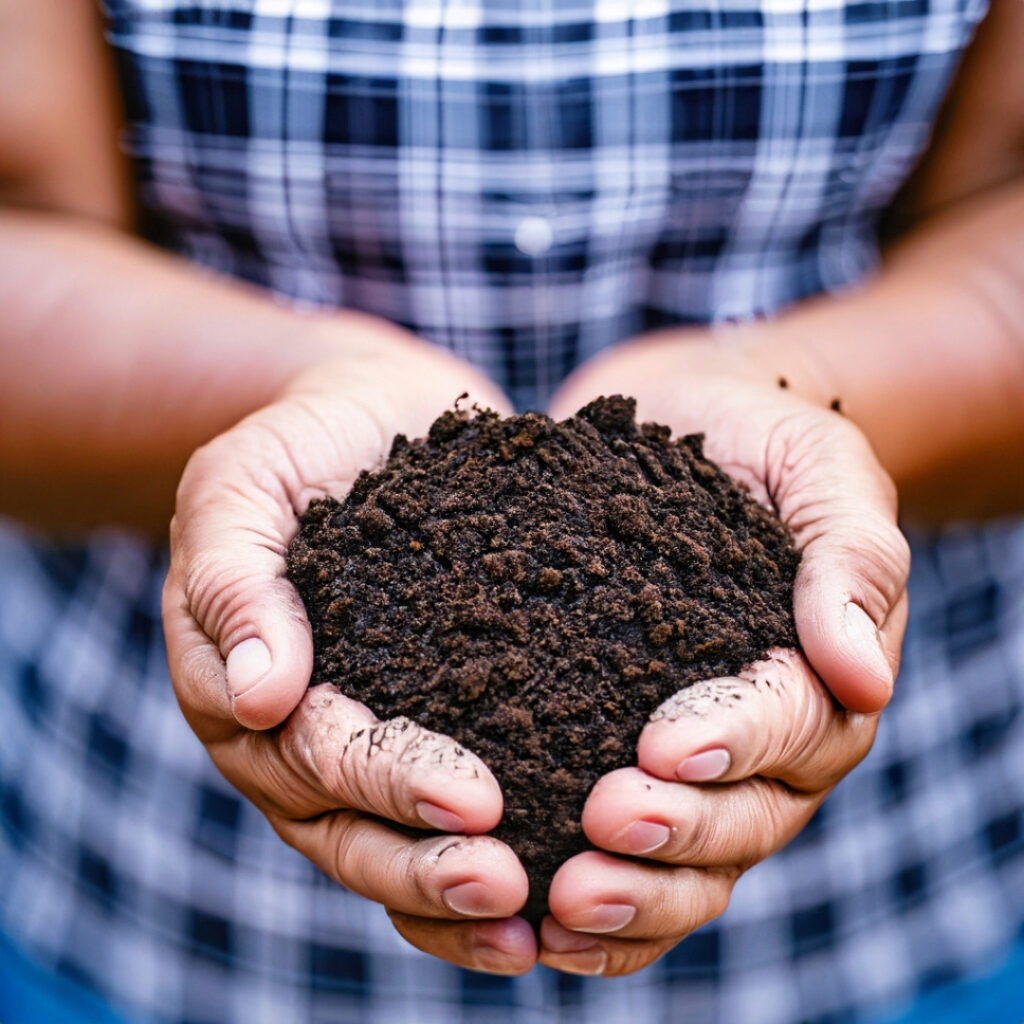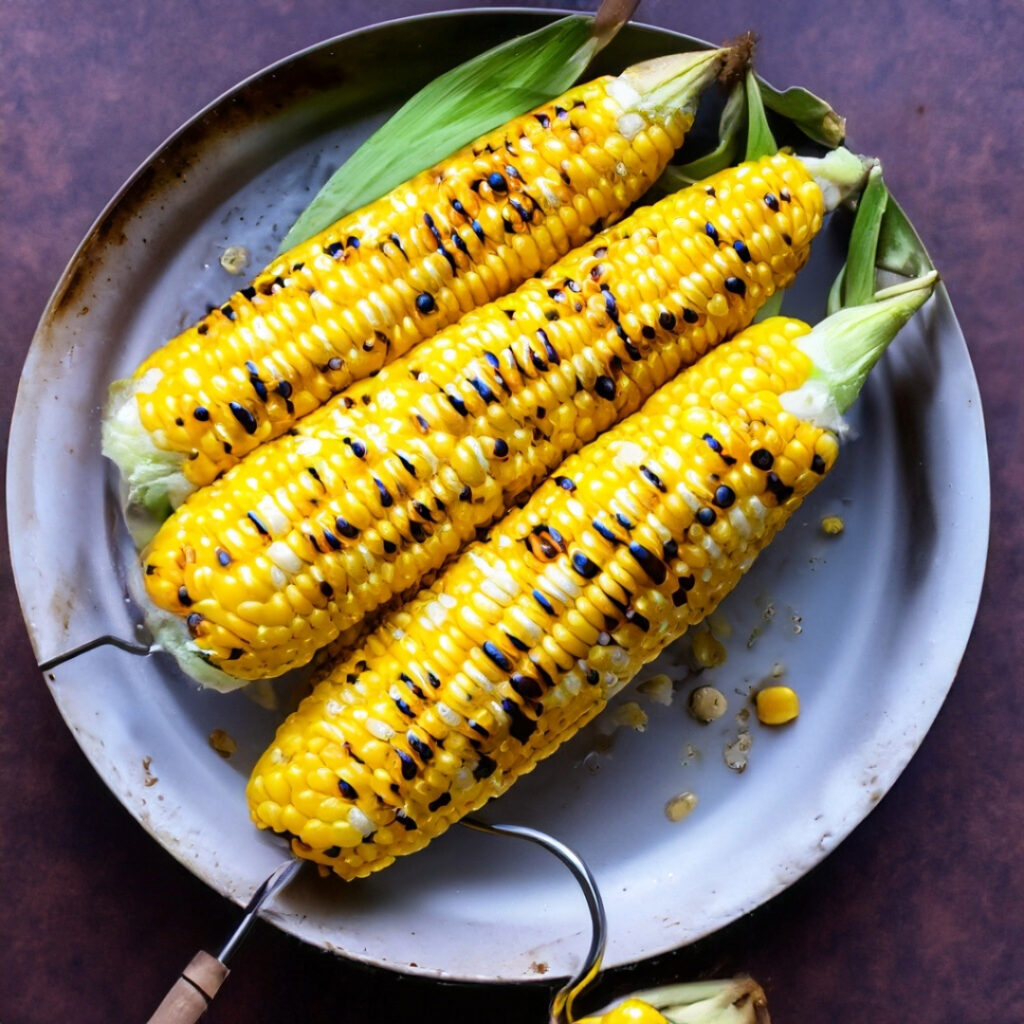For many home gardeners and small-scale farmers, corn is a staple crop that fills pantries and feeds livestock. However, being a heavy feeder, corn can rapidly deplete essential nutrients like nitrogen from the soil. Without careful crop planning after harvest, your soil may suffer reduced fertility andstructure, stifling yields of future plantings. Implementing a thoughtful crop rotation is key to rebuilding the complex life of your soil microbiome after growing nutrient-hungry corn.
The ideal crops to rotate with corn include legumes like soybeans to replenish nitrogen, grasses like cereal rye to improve soil structure, potatoes to absorb leftover nutrients, and cucurbits like squash to break pest and disease cycles. It is critical to rotate plant families every 2-3 years and use cover crops to sustain soil health. A well-designed multi-season crop rotation schedule with corn at its heart supports improved soil fertility, reduced pests and diseases, and higher yields over the long term.

🌽 Corn Clues: Use crop rotation to promote healthy soil life after corn. 🌽
We’ll cover topics like:
- Why corn rapidly depletes soil nutrients and the problems this causes
- The best nitrogen-fixing and soil-building crops to rotate with corn
- How to design a crop sequence over multiple seasons
- Creative ways to experiment with crop rotation in your space
Follow along for science-backed tips to keep your soil in top shape when corn is part of your agricultural equation. Let’s restore the vitality in your dirt and set your land up for succession planting success!
Why Crop Rotation Matters After Corn
If you’ve ever grown corn, you know it produces impressive yields. However, all that bountiful biomass comes at a cost – corn is a heavy feeder that quickly depletes essential nutrients, especially nitrogen, from the soil. In fact, corn can utilize over 200 pounds of nitrogen per acre over a growing season!
Without proper crop rotation after corn, you may notice:
- Reduced yields – Lack of nutrients stresses plants and reduces harvests over time.
- Increased pests/diseases – Continuously growing corn allows pathogens to thrive.
- Compacted soil – Corn’s sparse roots can’t break up dense soil structure.
Crop rotation is key to avoiding these pitfalls and building soil health. Alternating crops after corn gives soil biology a chance to diversify, nutrients to replenish, and pests to die off. Here are some top benefits of rotation:
- Replenishes nitrogen – Alternating with legumes and cover crops restores depleted nitrogen.
- Controls pests/disease – Rotating plant families disrupts reproductive cycles.
- Manages weeds – Varying cultural practices helps control weeds.
- Improves soil structure – Diverse root systems create soil channels.
🌽 Corn Clues: Aim to rotate plant families every 1-3 years. 🌽
Without strategic crop sequencing after corn harvest, your soil composition and field ecology can suffer long term. Take steps to rebuild vitality through mindful rotation.

Best Crops to Rotate With Corn
When planning your crop rotation after corn, aim to cycle in plants that restore nourishment to the soil and disrupt pest life cycles. Here are some top options:
Nitrogen-Fixing Cover Crops
Cover crops like clover, vetch, and soybeans form symbiotic relationships with soil bacteria to convert atmospheric nitrogen into a plant-available form. This helps replenish the nitrogen that corn voraciously consumes.
As a legume, soybeans are an ideal rotational crop, providing a protein-rich harvest while fixing up to 150 lb of nitrogen per acre [170 kg per hectare].
Nutrient-Scavenging Grasses
Grasses like rye, oats and wheat produce extensive root systems that effectively hold soil, suppress weeds, and scavenge nutrients from deep in the soil profile. Cereal rye, planted after corn harvest, makes an excellent winter cover crop.
Nitrogen-Boosting Legumes
In addition to soybeans, leguminous crops like peas, beans, and lentils all form symbiotic relationships with nitrogen-fixing bacteria. Working them into your crop rotation after corn provides a nutritious harvest while boosting available soil nitrogen.
Nutrient-Hungry Potatoes
Potatoes perform very well when planted after heavy feeders like corn. Their extensive roots absorb leftover nutrients, and the two crops have different pest pressures.
🌽 Corn Clues: Wait at least 2 years before planting potatoes again in the same spot. 🌽

Pest-Disrupting Cucurbits
Cucurbits like cucumbers, melons, squash, and pumpkins make great rotational partners for corn since they are from a different plant family. The shift breaks pest and disease cycles while improving soil structure.
Avoid planting crops from the same plant family repeatedly. For example, rotate corn (a grass) with broadleaf plants like legumes and cucurbits instead of wheat or rye.
Utilize cover crops between main crops whenever possible. Examples like buckwheat, sunn hemp, and tillage radish provide soil-enhancing benefits before winter.
Developing an Effective Crop Rotation Schedule
Planting a diversity of crops in a thoughtful sequence is key to sustaining soil health. Follow these tips for designing a rotation schedule:
- Plan a rotation over 3-6 years to thoroughly disrupt pest and disease cycles.
- Separate crops from the same plant family by at least 2-3 years.
- Consider nutrient needs, planting times, and growing conditions when sequencing crops.
- Include cover crops to boost soil nutrition and structure between main crops.
Here’s an example 6-year rotation schedule:
| Year 1 | Corn |
| Year 2 | Soybeans |
| Year 3 | Potatoes |
| Year 4 | Winter Wheat |
| Year 5 | Cucurbits |
| Year 6 | Peas and Oats |
This sequences nutritionally demanding crops with soil-enriching ones for sustained productivity. Additional benefits include:
- Balanced macronutrients from alternating crop families
- Improved soil structure from varying root systems
- Reduced pathogen loads by separating related crops
Don’t be afraid to experiment and find creative new rotational partners for underused crops like corn. Introducing novel biodiversity into your system can prompt pleasant soil and yield surprises!
🌽 Corn Clues: Add compost between crops to bolster organic matter. 🌽

Key Takeaways on Crop Rotation With Corn
Putting principles of crop rotation into practice after growing corn can yield tremendous benefits for your soil and subsequent plantings, including:
- Reduced pest and disease pressure
- Increased availability of nitrogen and other nutrients
- Improved soil structure from varied root systems
- Higher, more sustainable yields over time
Corn’s intensive nutrient demands mean rotation is essential for achieving a healthy cropping system. Be sure to alternate corn with soil-enhancing plants like soybeans, peas, cereal rye, buckwheat and potatoes.
A well-designed crop sequence can lessen dependence on synthetic fertilizers, reduce pesticide needs, and make your soil more resilient to drought and extreme weather events.
Take time to experiment with novel cover and rotational crops on a small scale. Use the concepts covered here to craft a diverse planting schedule uniquely tailored to your land, climate and goals.
Conclusion
Crop rotation is indispensable for maintaining productivity in an agricultural system that includes heavy feeders like corn. Strategically alternating crops can help restore soil fertility, smother weeds, disrupt pest cycles, and stabilize yields for years after corn harvest.
Get creative with cover crop cocktails and test different rotational sequences to find your soil’s sweet spot. The more biodiversity, the better, so don’t be afraid to experiment!
For more tips on enriching soil health through crop planning, check out these resources:
With thoughtful crop rotation, your land can thrive sustainably for generations after nutritious corn.
